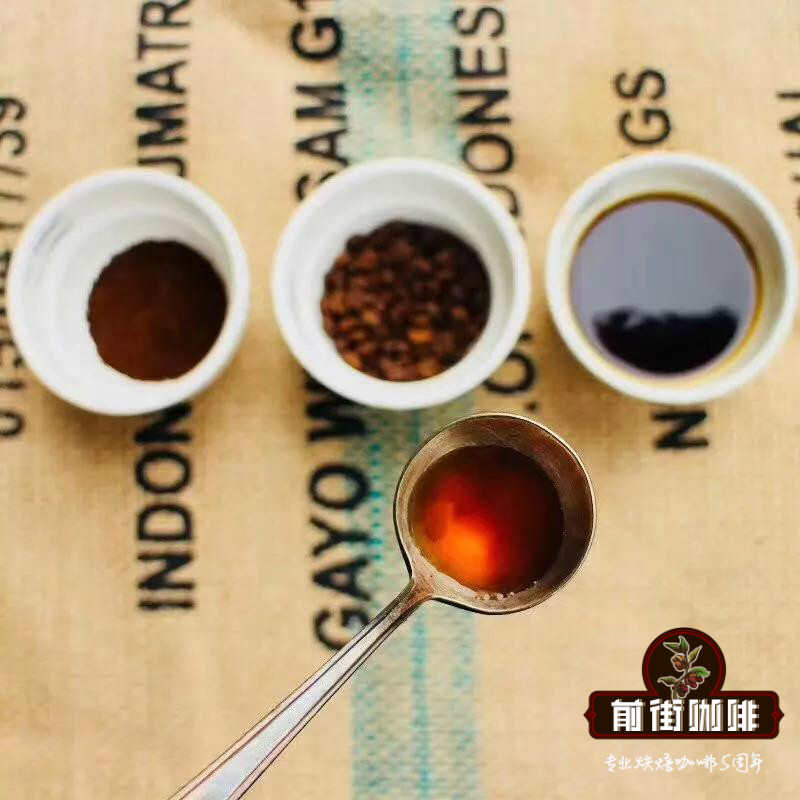Coffee roasting | Why reduce firepower during coffee roasting? | | sharing of baking knowledge |

Professional coffee knowledge exchange more coffee bean information please follow the coffee workshop (Wechat official account cafe_style)
Why reduce firepower during coffee roasting? According to the baking principle of the coffee roaster, in fact, increasing the throttle is equivalent to increasing firepower in the process of roasting coffee. The heating fire row transfers the heat directly to the boiler, and the boiler transfers the heat to the coffee. The rest of the heat passes through the furnace from the other side of the boiler and through the coffee being baked, and the heat is transferred to the coffee in the way of hot air, which is the semi-straight hot air roaster. While the firepower does not change, the air door increases, which accelerates the strength and speed of the hot air at the same time, and finally causes the coffee to receive fierce calories, while the coffee is heated too quickly, and the coffee will show uneven performance. Therefore, it is necessary to increase the throttle and reduce the firepower in the process of roasting coffee.
If your roaster is in the baking process, increasing the air door will show cooling, then your roaster heating fire row is certainly not closed, can only account for 10% of the hot air 20%, if your roaster is a closed fire row, then the hot air performance of your roaster can account for 30%, 40%.
Important Notice :
前街咖啡 FrontStreet Coffee has moved to new addredd:
FrontStreet Coffee Address: 315,Donghua East Road,GuangZhou
Tel:020 38364473
- Prev

Coffee roasting | what are the common problems encountered during coffee roasting?
Professional coffee knowledge exchange more coffee bean information Please pay attention to the coffee workshop (Wechat official account cafe_style) Coffee roasting process often encountered the following problems: first, the oven preheating temperature is not enough, coffee beans immediately into the oven, making the roasting time longer. Therefore, the baking loss is large and the color of coffee beans is light, which is due to the lack of heat and the lack of sufficient coking of the skin.
- Next

Coffee roasting | introduction of heat conduction, convection and radiation during roasting
Professional coffee knowledge exchange more coffee bean information please pay attention to the coffee workshop (Wechat official account cafe_style) heat conduction, convection and radiation. Conduction refers to when the heat is transmitted by the heat source, causing the surrounding molecules to vibrate and release heat, gradually moving from the high temperature to the low temperature. The conduction of stainless steel has the phenomenon of uneven heating, which can easily lead to some places in the pot.
Related
- Beginners will see the "Coffee pull flower" guide!
- What is the difference between ice blog purified milk and ordinary milk coffee?
- Why is the Philippines the largest producer of crops in Liberia?
- For coffee extraction, should the fine powder be retained?
- How does extracted espresso fill pressed powder? How much strength does it take to press the powder?
- How to make jasmine cold extract coffee? Is the jasmine + latte good?
- Will this little toy really make the coffee taste better? How does Lily Drip affect coffee extraction?
- Will the action of slapping the filter cup also affect coffee extraction?
- What's the difference between powder-to-water ratio and powder-to-liquid ratio?
- What is the Ethiopian local species? What does it have to do with Heirloom native species?

